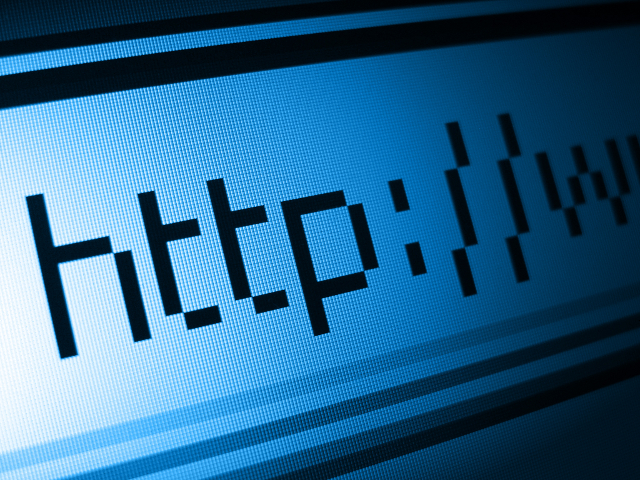The advent of the internet has changed the way the world does business. E-commerce continues to be a huge area of growth and one that shows no sign of slowing down in the foreseeable future. Last year, e-commerce sales stood at $1.316 trillion worldwide, and this figure is predicted to increase to $2.489 trillion by the end of 2018. The US is the second largest e-commerce market, behind China.
E-commerce incorporates both dedicated online-only platforms and high street or physical stores that also offer an option to purchase online. Grocery shopping is one area that is increasing its online share, but the actual process of making a purchase is not the only financial area to have been changed by the continued growth of the internet.
When Amscot’s Ian Mackechnie started the Florida-based financial services company in 1989, the internet was in its infancy. Some of the financial services offered by Amscot Financial, such as check cashing and notarization, still need to be done in person, but many transactions and processes have now moved online.
The majority of American customers, for example, now bank online, and even the way we are doing that is changing. According to a recent Federal Reserve Board report, 52% of smartphone owners with a bank account have used mobile online banking in the past year. 94% of mobile bankers use their phones or other devices to check balances and recent transactions, while 61% have transferred funds between their own accounts, and 51% have deposited a check using their smartphones.

The rise of comparison websites has also allowed consumers to shop around for financial products much more quickly and conveniently than they could without using the internet. Instead of ringing providers individually and providing your details each time, you can simply input your information on a single form and be presented with a range of possible options. Credit cards, loans, insurance policies, and many other financial products are commonly included on these aggregate websites.
The internet has also revolutionized the way that individuals can make investments and that businesses can access funding. Peer-to-peer (P2P) lending and crowdsourced funding are both relatively new models that only exist because of the way the internet allows those who can provide funding to be put in touch with those who require it via a third party platform. In the peer-to-peer model, funding is typically loaned and paid back with interest like a traditional bank loan.Crowdfunding typically involves new startups selling off a stake in the business in return for seeding funds. In both models, the internet enables large groups of people to each provide a small amount of funding, rather than the businesses having to seek out individual funders.
Amateur traders can also now access the stock markets more easily than ever before, logging on from home and accessing detailed information that can allow them to make informed choices.
The internet has already changed the financial world almost beyond recognition and it will be interesting to see how new developments impact this area in the future.


























